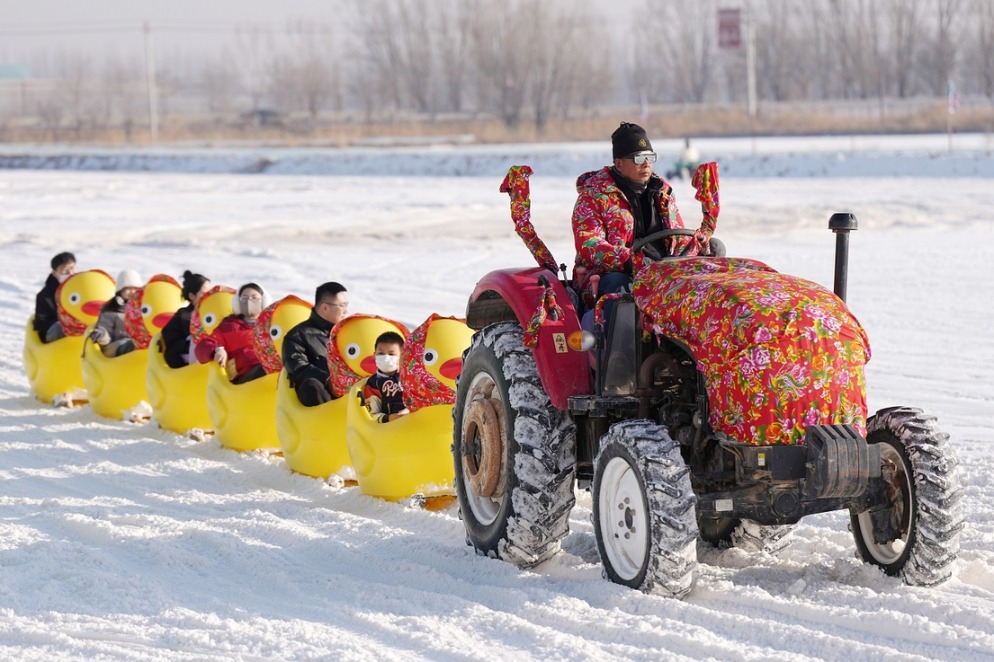Compensation offers Tibetan herders some recompense for livestock losses
By PALDEN NYIMA in Lhasa | China Daily | Updated: 2022-04-08 08:32

Nyingchi city in the Tibet autonomous region paid more than 4 million yuan ($633,000) to farmers and herdsmen in compensation for economic losses caused by wild animals last year, the city's forestry and grassland bureau said.
Last year, the bureau received 3,661 claims for damage caused by wildlife, amounting to losses of more than 7 million yuan. Of them, 2,933 claims were settled, it said.
At an average elevation of 3,000 meters, Nyingchi is considered the lowest area in Tibet, but it has the most forest coverage and greatest biodiversity.
The city is home to 120 species of animals and 110 plants under State protection.
"Images captured by infrared cameras show that Nyingchi is home to some rare species, such as Bengal tiger and snow leopard. About 500 black-necked cranes winter here every year, nearly 5 percent of the species' total population," Dradul, deputy head of the bureau, told China News Service.
"Our bureau has always supported the biodiversity survey of the Yarlung Zangbo River Grand Canyon. By the end of last year, 80 rare species had been recorded there," he said.
Additionally, the wildlife rescue station has played a key role in protecting animals. In 2021, it helped rescue 56 rare animals.
In recent weeks, police officers from the Lunang police station found an injured Himalayan vulture while on patrol.
The bird was sent to a local clinic to be treated for a fracture of its right wing. It was physically weak as it had not eaten for days, and was later taken to the local forestry and grassland bureau for further treatment.
Nyima, a resident of Gangpa village in Bomi county, said that he and his villagers have benefited from government compensation in recent years.
Gangpa residents farm and herd animals, and conflicts between wildlife and livestock are common.
"In the past, only dholes (a species of wild dog) killed livestock from time to time. But in recent years, Tibetan brown bears, macaques and black bears have also come to the village to kill livestock and cause trouble," Nyima said.
He said that four of his family's cows were killed by wildlife last year. They received 4,000 yuan for two adult cows and 300 for young cows.
"All the meat was gone apart from their hides, and based on our experience, we confirmed that the perpetrators were dholes," he said.
"A few days back, a yak was killed. We suspect it was by a Tibetan brown bear, because some of the yak's meat was found buried, and other wildlife don't know how to do that.
"I hope the government will increase the compensation ratio for young livestock killed by wildlife."
























